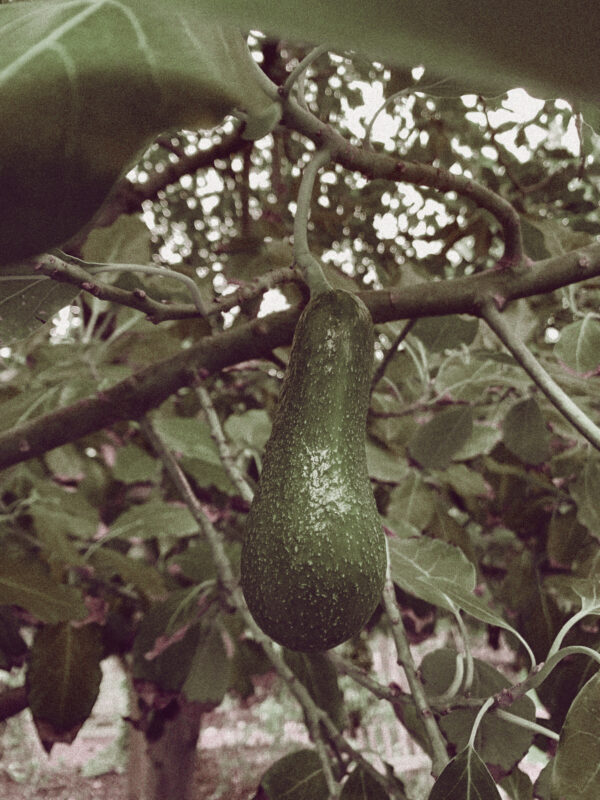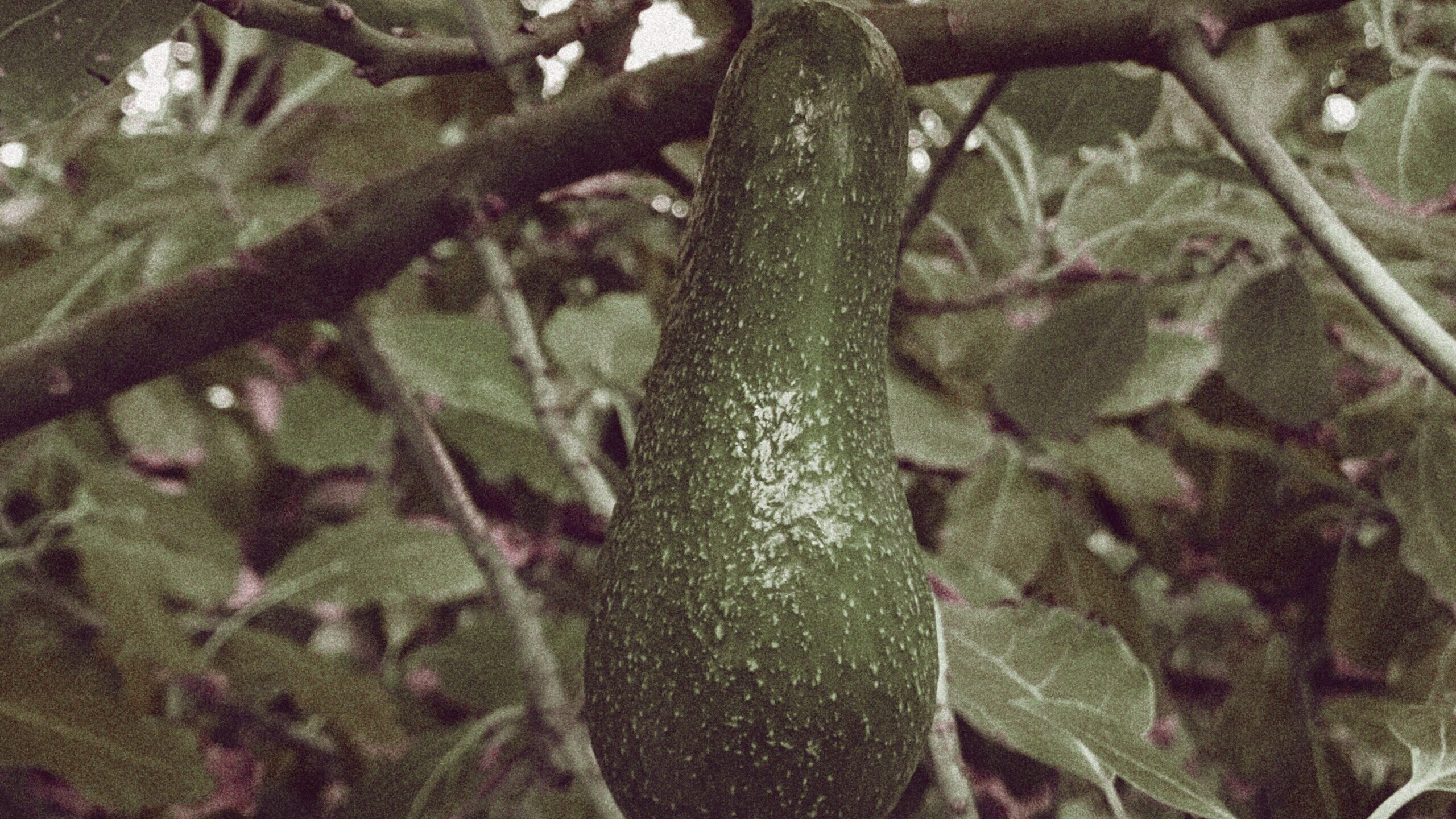Family: Lauraceae
Scientific Name: Persea americana
Common Name: Avocado
Origin: Central Mexico to Costa Rica
This tree was given the scientific name Persea americana in 1768 by Phillip Miller who was the Head Gardener at Chelsea Physic Garden during this time. It is commonly known in English as Avocado. In Central America where this tree originates, it was called āhuacatl by the Mayan people who lived in this region from 1800 BCE.
The avocado flower has an unusual method of sexual reproduction called synchronous dichogamy. Unlike other perfect flowers, where the two sexual organs function at the same time, these types of plants behave differently. In the morning, the flower will open and only seed -producing pistils will function. It is functionally female. The flower closes overnight and then the next day it reopens with only the pollen-producing stamens functioning. It has changed from being female to male over the course of one night.
Scientists believe this process ensures genetic diversity within the avocado population. Plants with perfect flowers can fertilise themselves. This can be a problem for the plant population because it becomes more vulnerable to pests and diseases, and less likely to be able to adapt to changes. For avocado trees, pollinators can carry the pollen from an avocado flower presenting its stamen to a different avocado flower presenting its pistils for fertilisation. The main pollinators of avocado flowers in Central America are stingless bees called Meliponini.
The avocado fruit has been an important food to people living in South and Central America for thousands of years In the Mayan Calendar there is a glyph, or symbol, that illustrates the avocado tree representing the 14th month called K’ank’in. It thrives in hot, wet environments with lots of water. In recent years, the fruit has gained global popularity. The demand for avocado means that the trees are grown outside of their natural environment. These areas are often too dry for the tree, making avocado production very resource-intensive.
Audio version read by Queer Botany founder, Sixto-Juan Zavala:


